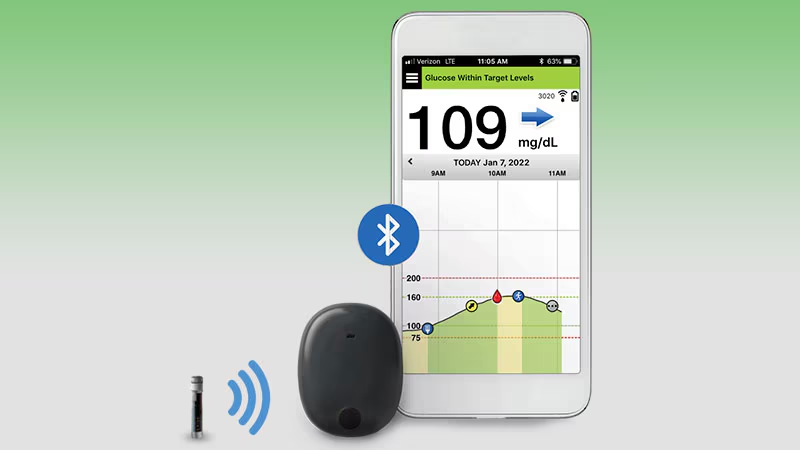In a groundbreaking move, the FDA has given the green light for the integration of implantable Continuous Glucose Monitors (CGM) with insulin pumps. This significant development marks a milestone in diabetes management, promising greater convenience and enhanced control for millions worldwide. Let’s delve into the details of this game-changing advancement and explore its implications for individuals living with diabetes.
Implantable CGM: Revolutionizing Diabetes Care
Implantable CGM devices have been hailed as a game-changer in diabetes management. Unlike traditional CGMs that require frequent sensor insertions, implantable CGMs offer a seamless and hassle-free experience. By providing continuous glucose monitoring without the need for external sensors, these devices offer unparalleled convenience and accuracy.
The integration of implantable CGMs with insulin pumps takes this innovation to the next level. It enables real-time glucose monitoring and automatic insulin delivery, creating a closed-loop system that mimics the function of a healthy pancreas. This not only simplifies diabetes management but also reduces the risk of hyperglycemia and hypoglycemia, thereby improving overall health outcomes.
FDA Approval: A Landmark Decision
The FDA’s decision to allow the integration of implantable CGMs with insulin pumps represents a significant milestone in the field of diabetes technology. It reflects the agency’s recognition of the potential benefits of this technology in improving patient outcomes and enhancing quality of life.
By granting approval for this integration, the FDA has paved the way for greater innovation in diabetes care. It opens up new possibilities for device manufacturers to develop advanced solutions that meet the evolving needs of individuals with diabetes. Moreover, it provides healthcare providers with additional tools to optimize treatment strategies and achieve better glycemic control.
Benefits of Implantable CGM Integration
The integration of implantable CGMs with insulin pumps offers a host of benefits for individuals living with diabetes:
Enhanced Convenience
With continuous glucose monitoring and automatic insulin delivery, users can enjoy greater freedom and flexibility in managing their condition.
Improved Accuracy
Implantable CGMs provide highly accurate glucose readings, reducing the risk of false alarms and unnecessary interventions.
Must Read Can CGM Use Lead to Improved Diabetic Retinopathy Outcomes in T1D?
Better Glycemic Control
By maintaining tight control over blood glucose levels, the risk of complications such as diabetic ketoacidosis (DKA) and long-term complications can be significantly reduced.
Simplified Management
The seamless integration of CGM and insulin pump functionality streamlines diabetes management, eliminating the need for multiple devices and manual interventions.
Peace of Mind
With real-time monitoring and automated insulin delivery, users can have greater confidence in their ability to manage their condition effectively, leading to reduced stress and anxiety.
Future Implications
The FDA’s approval of implantable CGM integration with insulin pumps is likely to have far-reaching implications for the future of diabetes care. It sets a precedent for future innovations in the field of closed-loop systems and wearable technology, paving the way for more advanced and user-friendly solutions.
As technology continues to evolve, we can expect to see further improvements in the accuracy, reliability, and usability of implantable CGMs and insulin pumps. This, in turn, will enable individuals with diabetes to lead healthier, more fulfilling lives, free from the burdens of constant monitoring and manual insulin administration.
Also, read more about Are CGMs the Ultimate Technology Tools for Diabetes Management?
Conclusion
The FDA’s decision to allow the integration of implantable CGMs with insulin pumps represents a major step forward in diabetes care. By harnessing the power of technology to automate and optimize glucose management, this innovation has the potential to transform the lives of millions of people worldwide.
As we look to the future, we can anticipate even greater advancements in diabetes technology, driven by ongoing research, innovation, and collaboration. Ultimately, the goal is to empower individuals with diabetes to take control of their health and live life to the fullest, without the limitations imposed by their condition.


